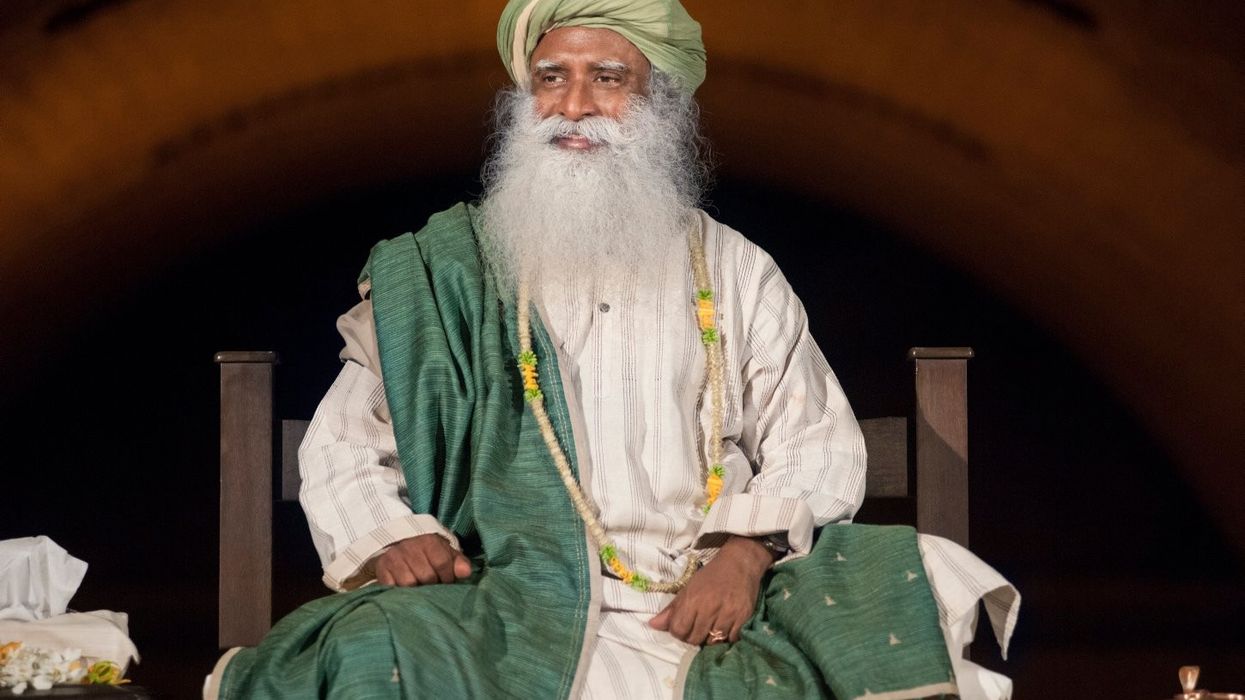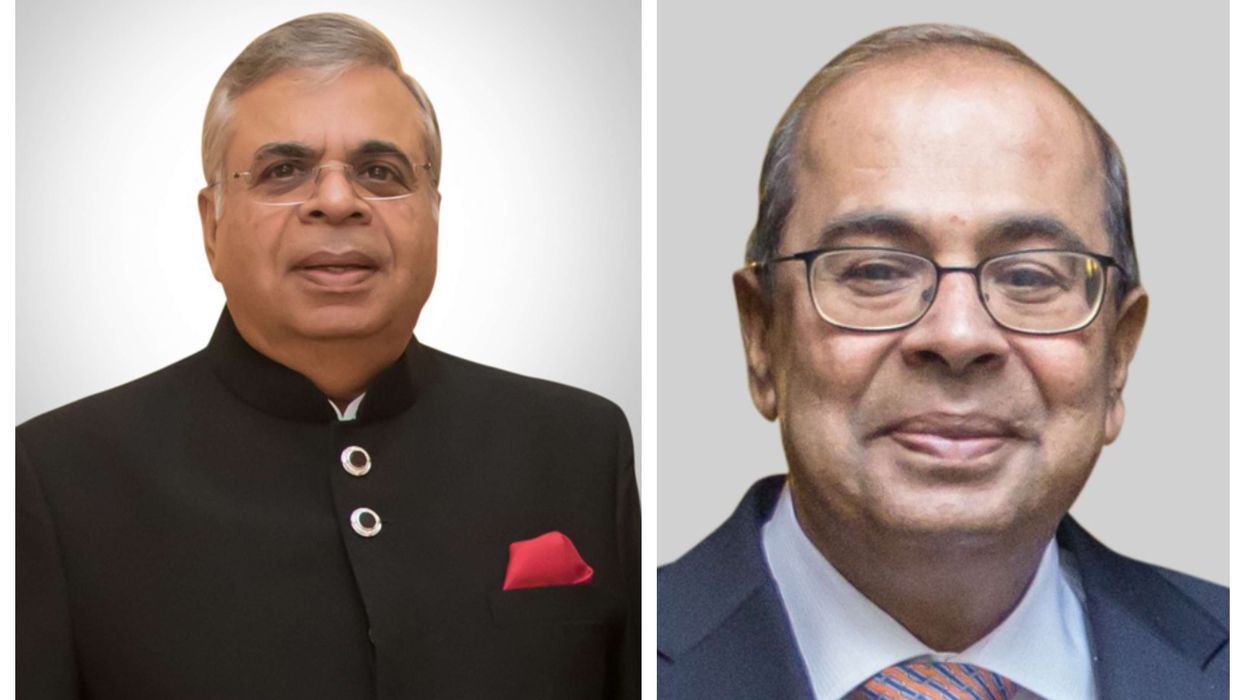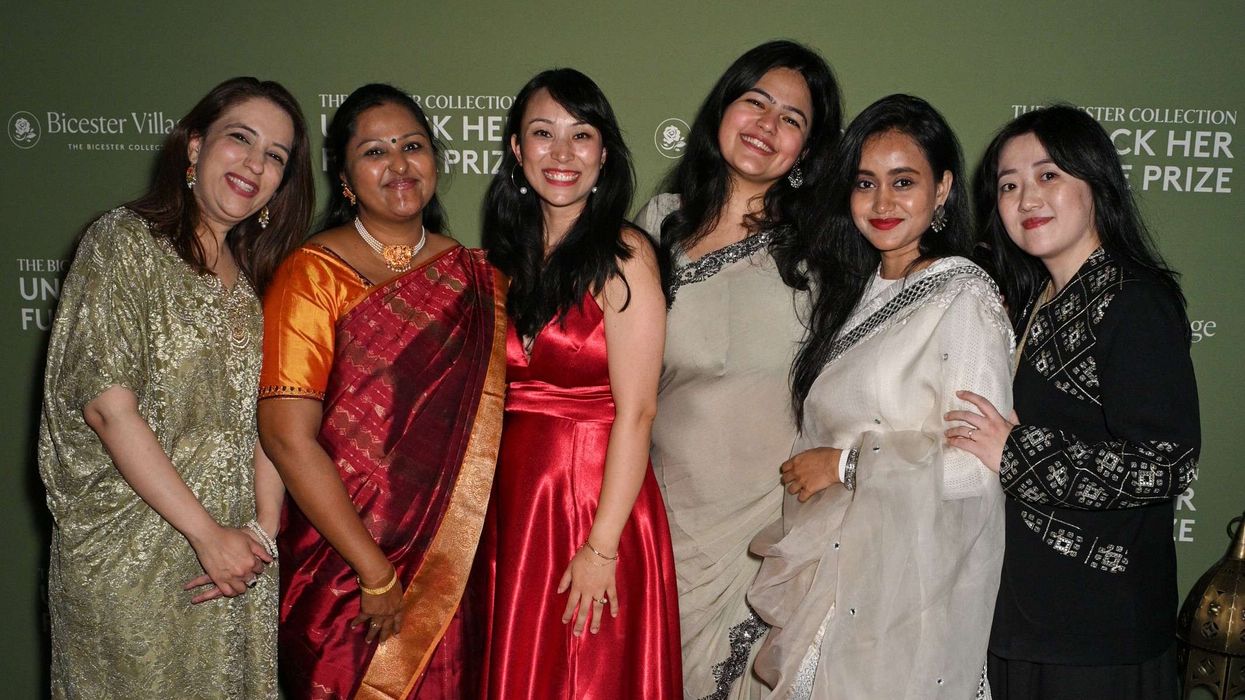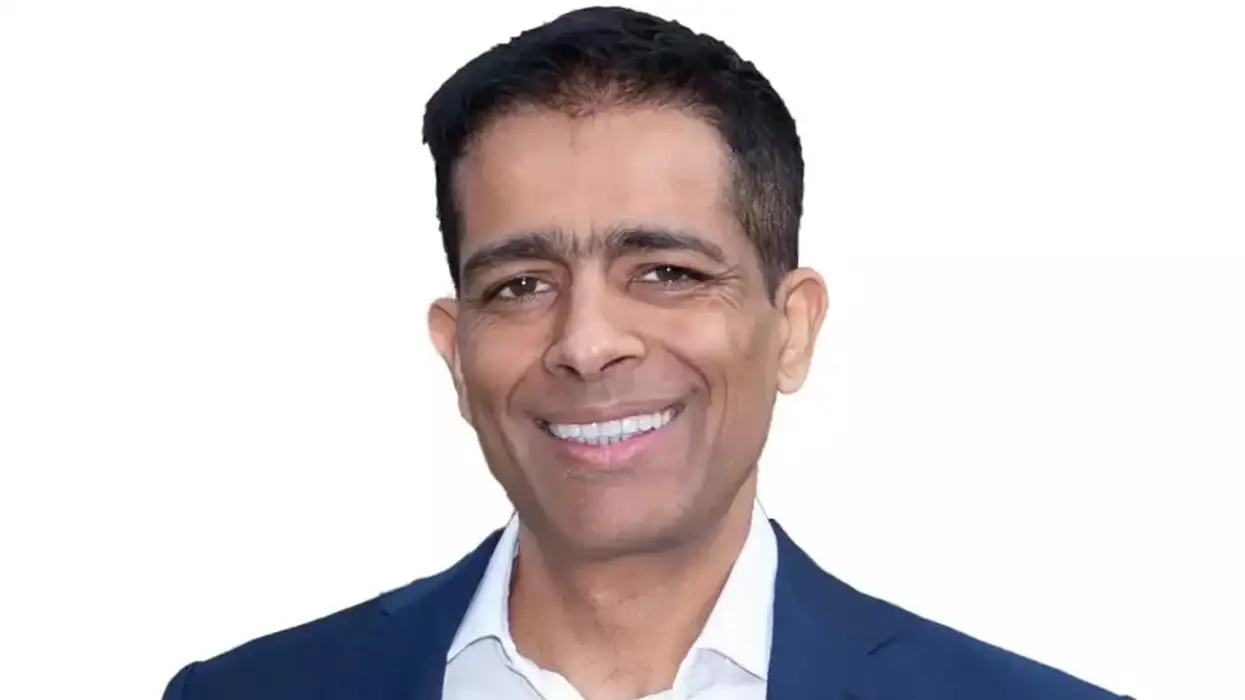According to a study published in The Lancet's eClinicalMedicine journal, over 1.3 million lives are lost annually due to tobacco-induced cancers across seven countries, including India.
The researchers observed that the collective contribution of India, China, the UK, Brazil, Russia, the US, and South Africa accounted for over half of the annual worldwide cancer-related fatalities.
They highlighted that nearly two million deaths resulted from smoking along with three other avoidable risk factors: alcohol consumption, obesity, and human papillomavirus (HPV) infections.
Conducted by researchers from the International Agency for Research on Cancer (IARC), Queen Mary University of London (QMUL), and Kings College London, UK, the study also examined the impact on years of life lost due to cancer.
They determined that the four preventable risk factors accounted for a loss of over 30 million years of life annually. Among these factors, smoking tobacco had the most substantial impact, causing a loss of 20.8 million years of life.
"Seeing how many years of life are lost to cancer due to these risk factors in countries around the world allows us to see what certain countries are doing well, and what isn't working," said Judith Offman, Senior Lecturer at Queen Mary University of London.
"Globally, someone dies every two minutes from cervical cancer. Around 90 per cent of these deaths occur in low- and middle-income countries and could be cut drastically with comprehensive screening and HPV vaccination programmes," said Offman, who worked on the study while at King's College London.
The researchers made the findings by collecting population attributable fractions of the four risk factors from previous global studies, and applied these to estimates of cancer deaths during 2020.
Preventable risk factors were associated with different cancer types in different places, they said. For example, in India, there were more premature deaths from head and neck cancer in men, and gynaecological cancer in women, but in every other country, tobacco smoking caused the most years of life to be lost to lung cancer.
The researchers believe that this is due to differences in each of the countries.
Cervical screening is less comprehensive in India and South Africa than in other countries like the UK and the US, which would explain why there are more premature deaths from gynaecological cancers due to HPV infection in the two countries, they said.
The higher number of years of life lost to head and neck cancer in men in India could be explained by smoking habits being different to those in the UK, with the general population smoking different tobacco products, according to the researchers.
Additionally, there are gender differences in the number of cancer deaths and years of life lost to different risk factors.
Men have higher rates of years of life lost to smoking and drinking alcohol, because smoking and drinking rates tend to be higher in men, they said.
The study shows that in China, India and Russia, rates of years of life lost to tobacco smoking and alcohol were up to nine times higher in men than women.
Being overweight or obese, and HPV infection, led to more cancer deaths and years of life lost in women than in men.
In South Africa and India, HPV led to particularly high rates of years of life lost with a large gender imbalance, they said.
Rates were 60 times higher in women than men in South Africa, and 11 times higher in India, which highlights the urgent need for improved access to cervical screening and the HPV vaccination in these countries, the analysis shows.
"We know that HPV vaccination prevents cervical cancer. This, coupled with cervical screening, could eliminate cervical cancer as a public health problem. Countries need to come together on this ambition," Offman added.
(PTI)






 During summer and autumn, when snow is absentiStock
During summer and autumn, when snow is absentiStock






